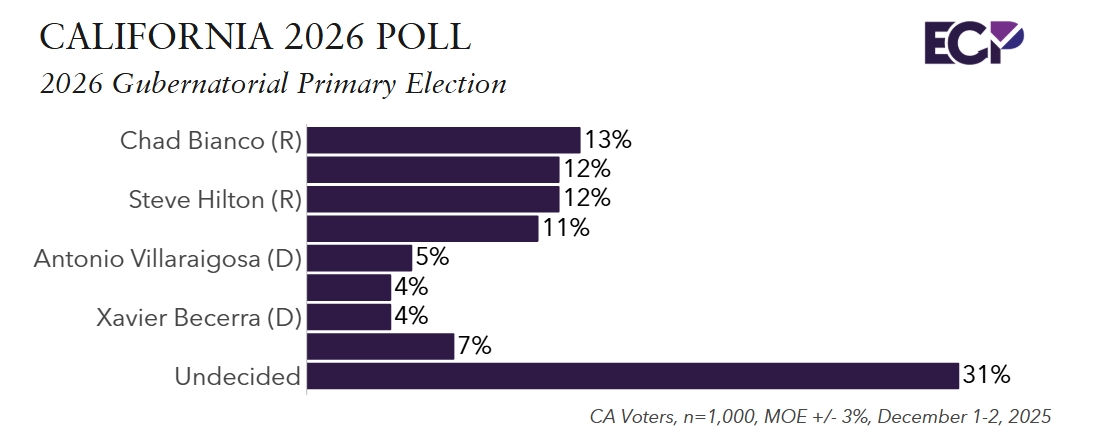At this time in a normal redistricting year, states would already be drawing the lines for the next decade's election maps. But delays caused by the Covid-19 pandemic have upended many states' timelines.
The Brennan Center for Justice, a liberal public policy institute at New York University Law School, released a 27-page report Thursday providing a state-by-state assessment of how these delays could impact the redistricting process.
While the delays were necessary, the report notes that as of mid-April many states had yet to update their redistricting deadlines to account for a more compressed timeline. If adjustments aren't made, courts may need to step in and create temporary maps for upcoming elections.
The Census Bureau has said it expects to release apportionment counts by the end of April, untabulated redistricting data by mid-August and finally full population and demographic data by the end of September — months after the typical delivery dates.
These delays will most significantly impact New Jersey and Virginia, which hold legislative elections in odd-numbered years and the new redistricting maps will not be ready before the primaries in June or even the general elections in November.
Last year, New Jersey adopted a constitutional amendment to keep its current districts through this year's elections and draw new ones ahead of the 2023 elections. Virginia is likely to follow a similar plan.
While the upcoming statewide elections aren't a factor for the majority of the country, many states are facing strict constitutional or statutory redistricting deadlines. Twenty-two states have fixed dates for redistricting, meaning they will need to adjust their schedules to accommodate for later data delivery.
Thirteen other states have slightly more flexibility because their redistricting deadlines are tied to the reporting or publication of census data. This means these states' deadlines will automatically adjust to the later release date. However, the 13 states may need to call special legislative sessions to complete the redistricting process or make other election adjustments.
Five states have redistricting deadlines set for early next year, and the Brennan Center anticipates the data delays having little to no impact on those states' mapmaking timelines.
Eleven states have no set deadlines for redistricting, but may still need to consider election adjustments or schedule special sessions to complete redistricting in a timely manner.
In addition to census-related obligations, 10 states have requirements to hold public hearings or comment periods during the redistricting process that will also need to be factored into any schedule adjustments.
"If states do not make the adjustments necessary to complete redistricting in a timely fashion, courts will then need to step in and draw temporary maps to ensure that legally compliant districts are in place for upcoming elections — a power they have used in the past," the report notes.





















